
Australia RCM LOGO Certification
According to the latest update from the Australian Communications and Media Authority (ACMA), the existing three types of conformity marks in Australia — C-Tick, A-Tick, and RCM — will be merged into a single Regulatory Compliance Mark (RCM). This means that in the future, a product can demonstrate compliance with all relevant ACMA regulations, including telecommunications, radio communications, EMC (electromagnetic compatibility), and electrical safety requirements for Australia, New Zealand, and all their states and territories. This change supports the new Electrical Equipment Safety Scheme (EESS), which came into effect on March 1, 2013. The EESS covers electrical equipment safety requirements across Australia and New Zealand, with the RCM becoming the unified compliance mark under this scheme. For more details, refer to the website of the Electrical Regulatory Authorities Council (ERAC).

The rcm mark is led by the governments of Queensland and Victoria with the goal of integrating safety and EMC complianCE certifications. In the past, Australia's safety certification (SAA) and C-Tick were separate. While saa certification can be applied for by overseas manufacturers or traders, the C-Tick registration must be filed by a legally registered Australian company. Therefore, applying for rcm certification requires a local Australian legal entity. Essentially, RCM is a certification model that must be guaranteed by an Australian company. For most products, both an SAA certificate and EMC test report are required before registering for RCM. Once registered, the supplier may apply the RCM mark to all products that meet applicable laws and regulations. If a product bearing the RCM mark is found non-compliant, penalties will be imposed in accordance with Australian trademark law.
Interpretation of the New RCM Regulation
As of March 1, 2013, products must be registered in the national EESS database and affixed with the RCM mark before they can be sold on the Australian market. A 3-year transition period was provided. From March 1, 2016, RCM marking became fully mandatory. Products that are not registered and labeled with the RCM mark are prohibited from being sold in the market. The SAA and C-Tick certifications will be gradually phased out and replaced by RCM certification, which includes both safety and EMC (C-Tick may still apply to some low-power wireless products).
Previously, due to the inability to verify certificates online, the market was in disarray. The government has since established the national EESS database to regulate the market. Once a product is successfully registered with the EESS, buyers from around the world can search product-related information on the official government website, attracting more Australian buyers and helping you expand into markets like Australia and New Zealand.
RCM Registration Process
1. Register with EESS: AUD 375 for 5 years (market price AUD 4000–4500).
2. Apply for a safety certificate: AUD 600.
3. Provide a CE report (CE & EMC). We convert it into an Australian standard report.
4. RCM authorization requires a local agent: cost USD 750.
5. RCM (similar to CE) has a registration number, but it’s usually not printed on the product.
RCM registration typically requires payment for a local representative.
SAA certification requires EESS registration.
Many companies only require the SAA certificate (since many clients already have local agents in Australia who can self-authorize), and thus do not request us to handle RCM registration.
RCM filing (including SAA + local agent; if the certificate remains unchanged, EESS re-registration is not required) is similar in cost to SAA filing.
EESS registration is based on individual product safety certificates, meaning each product requires its own certificate and EESS registration.
To complete EESS registration, the applicant must be registered as a “Responsible Supplier” in Australia. We act as the responsible supplier via our Australian company.
Materials Required for RCM Certification
1. RCM certification application form
2. SAA certificate (for non-mandatory products, an SAA test report is acceptable)
3. EMC test report
4. Product manual
5. Electrical schematic diagram
RCM Certification Process
To efficiently and quickly complete your RCM certification project, please carefully follow the steps below:
Step 1: Submit product information (manual, pictures, model, voltage, power) and company information (name, contact person, phone number)
Step 2: RCM staff will typically send a written quotation within 1 business day, along with a list of required technical documents and sample quantities
Step 3: Provide the required technical materials and samples, and complete the RCM application form and contract
Step 4: Product testing and report preparation, followed by report review
Step 5: SAA certificate issued by the state government or a designated certification body
Step 6: Provide SAA certificate (mandatory products) + EMC report (C-Tick report)
Step 7: Label the product nameplate with the RCM certificate number
Step 8: After-sales service and RCM certificate renewal
Application Mode of RCM Certification
1. RCM certification can only be applied for by a local Australian company, which must obtain an RCM number from the government. Chinese manufacturers/exporters may apply for IEC or AS/NZS reports under their own names, but the RCM must be applied for by an Australian importer.
2. Registration fees are AUD 75 per product per trademark per year (e.g., if an Australian company has two trademarks, A and B, and imports an identical product batch labeled half with A and half with B, the total annual registration fee would be AUD 150).
Related Application Matters of RCM
1. If the product already has a CB report and accounts for country-specific differences, a direct conversion to a Safety Certificate is possible. With an added EMC report, the local agent can issue a Declaration of Conformity, allowing the product to be sold in Australia with the RCM mark.
2. Safety Certificate: For direct plug-in products, an AU plug test is required (Test Standard: AS/NZS 3112:2004). Desktop-type products do not need this test.
3. EMC Report — Can be a C-Tick Report (Test Standard: AS/NZS CISPR 22:2002) or a CE EMC Report.
Australian RCM Certification Service Scope
Australia classifies electrical products by risk level into three categories:
- Level 1 (Low Risk): Generally includes DC-powered products (submit EMC report only to apply for RCM, equivalent to C-Tick).
- Level 2 (Medium Risk): Generally includes AC-powered products (submit EMC + safety reports for RCM, equivalent to C-Tick).
- Level 3 (High Risk): Refer to the official list (submit EMC + safety reports + SAA certificate, RCM + EESS registration required).
Any electrical product operating in the voltage range of AC 50V–1000V or DC 120V–1500V must comply with Australian electrical safety laws.
Email:hello@jjrlab.com
Write your message here and send it to us
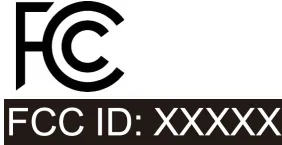 How many types of FCC certifications are there?
How many types of FCC certifications are there?
 Australia RCM LOGO Certification
Australia RCM LOGO Certification
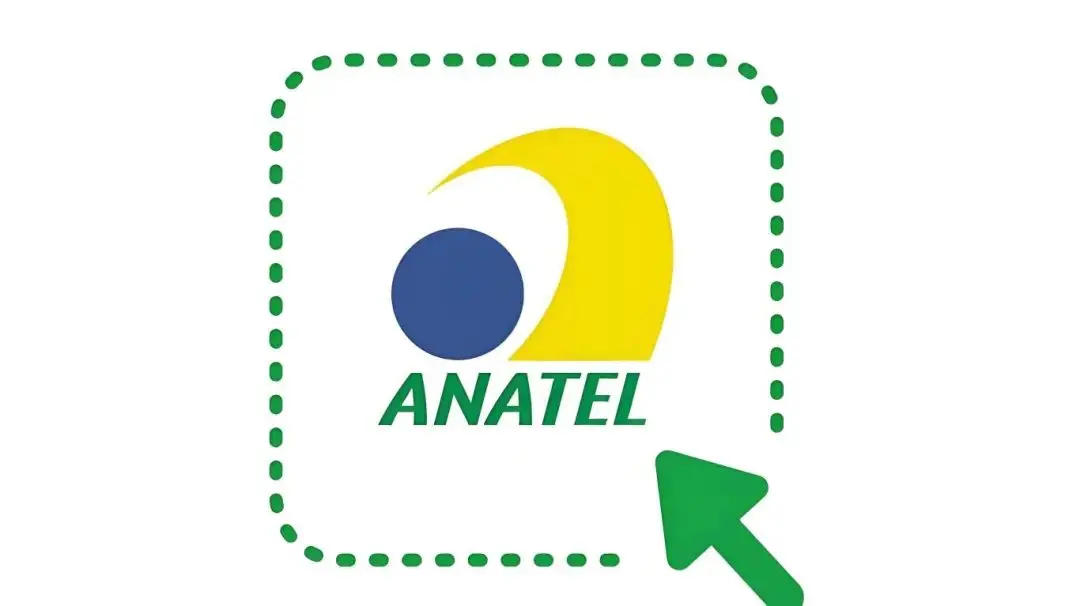 ANATEL Certification Process in Brazil
ANATEL Certification Process in Brazil
 Faucet European Standard EN 817 Testing
Faucet European Standard EN 817 Testing
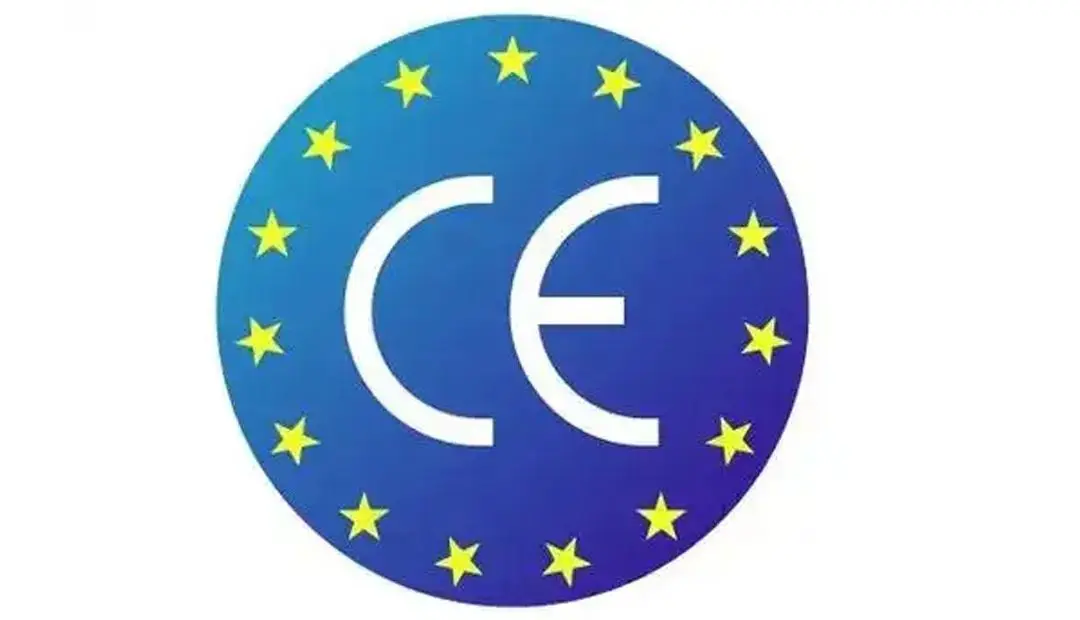 ISO 17025 Laboratory Test Report
ISO 17025 Laboratory Test Report
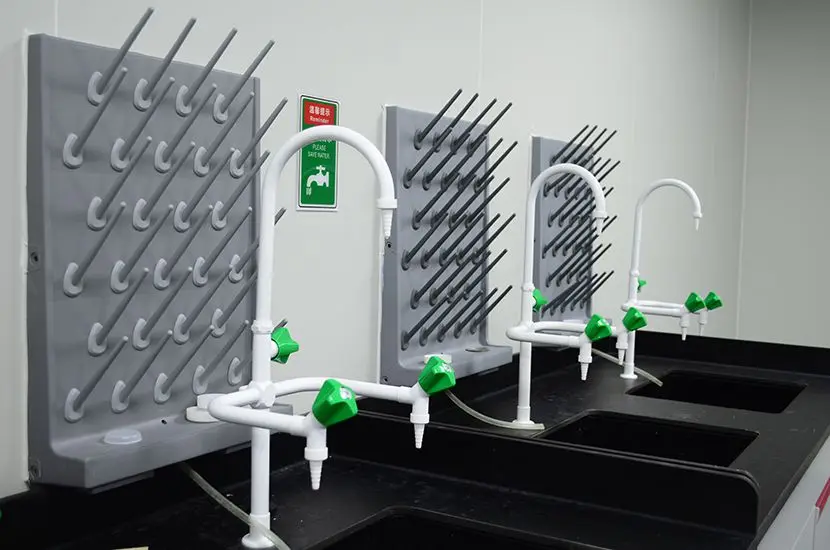 Temu Requires UN 38.3 Certification
Temu Requires UN 38.3 Certification
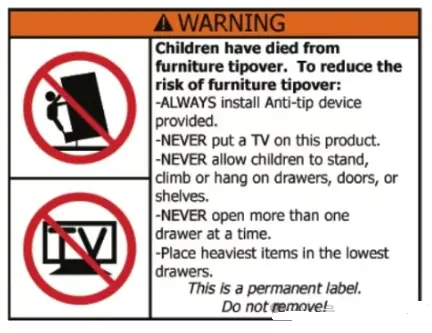 What is the Amazon ASTM F2057 Test Report?
What is the Amazon ASTM F2057 Test Report?
 How to get the Amazon SOR/2016-175 Test Report?
How to get the Amazon SOR/2016-175 Test Report?
Leave us a message
24-hour online customer service at any time to respond, so that you worry!




